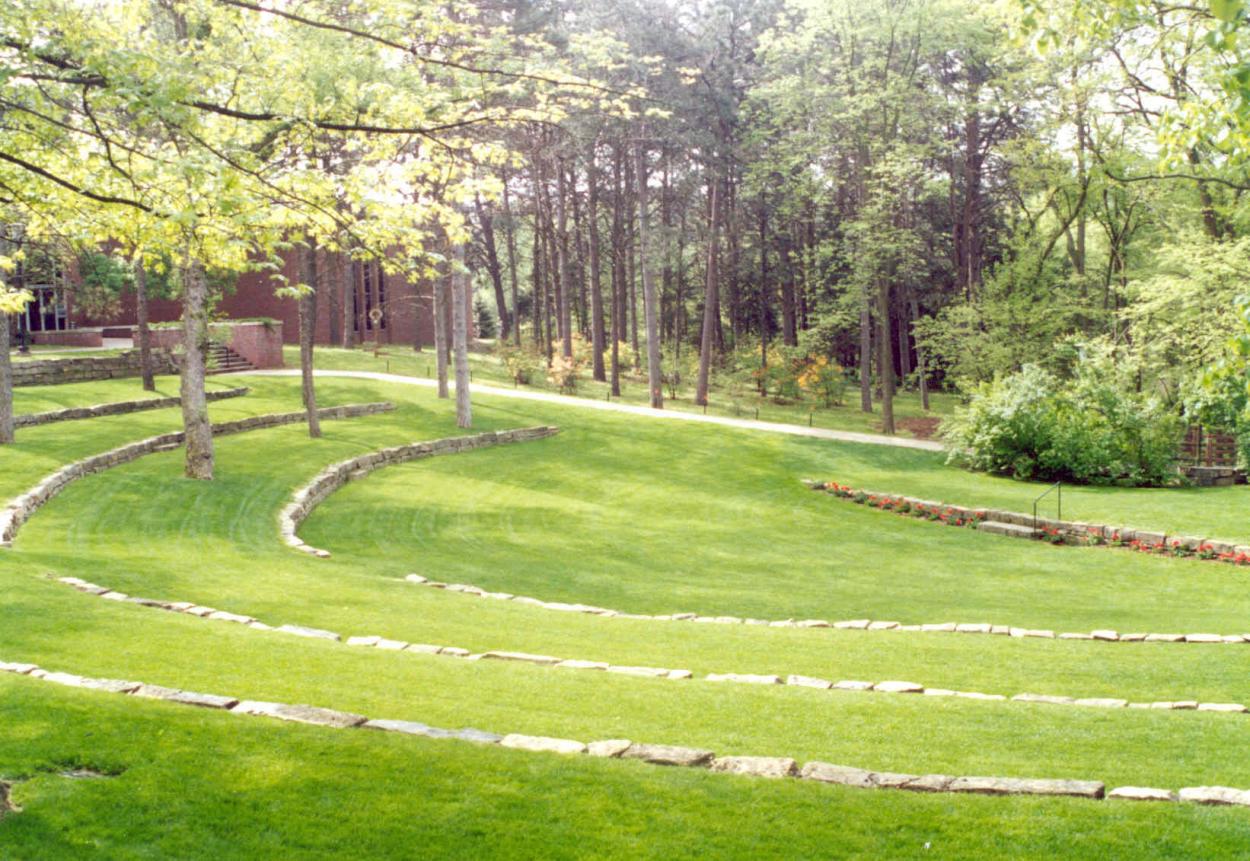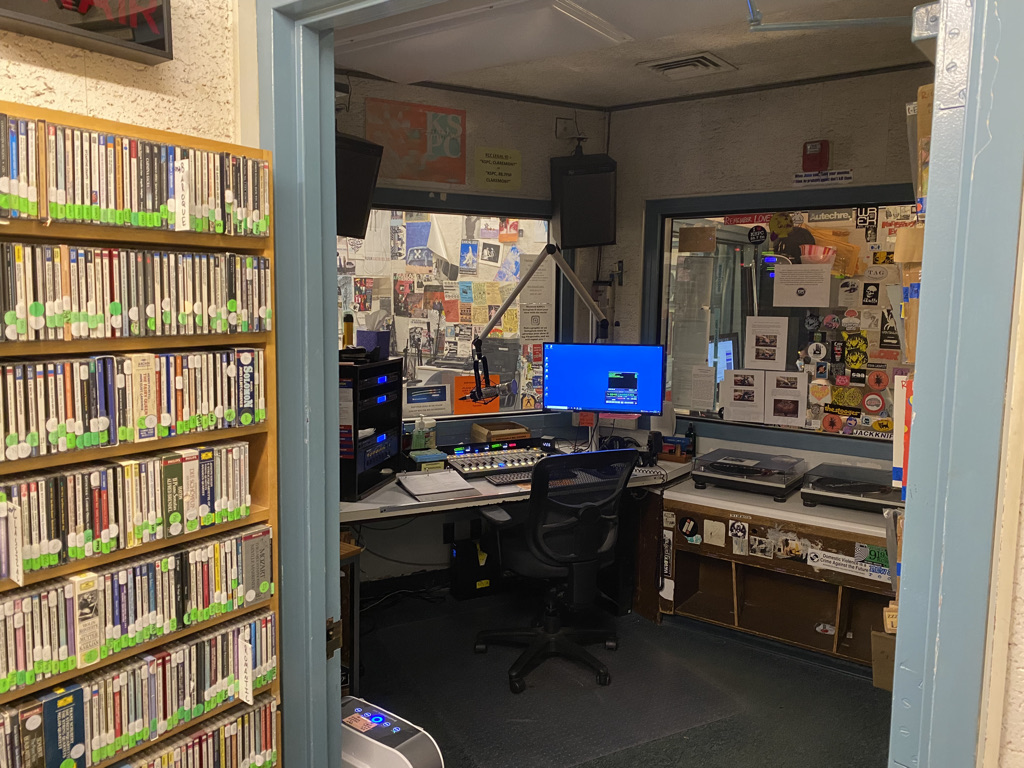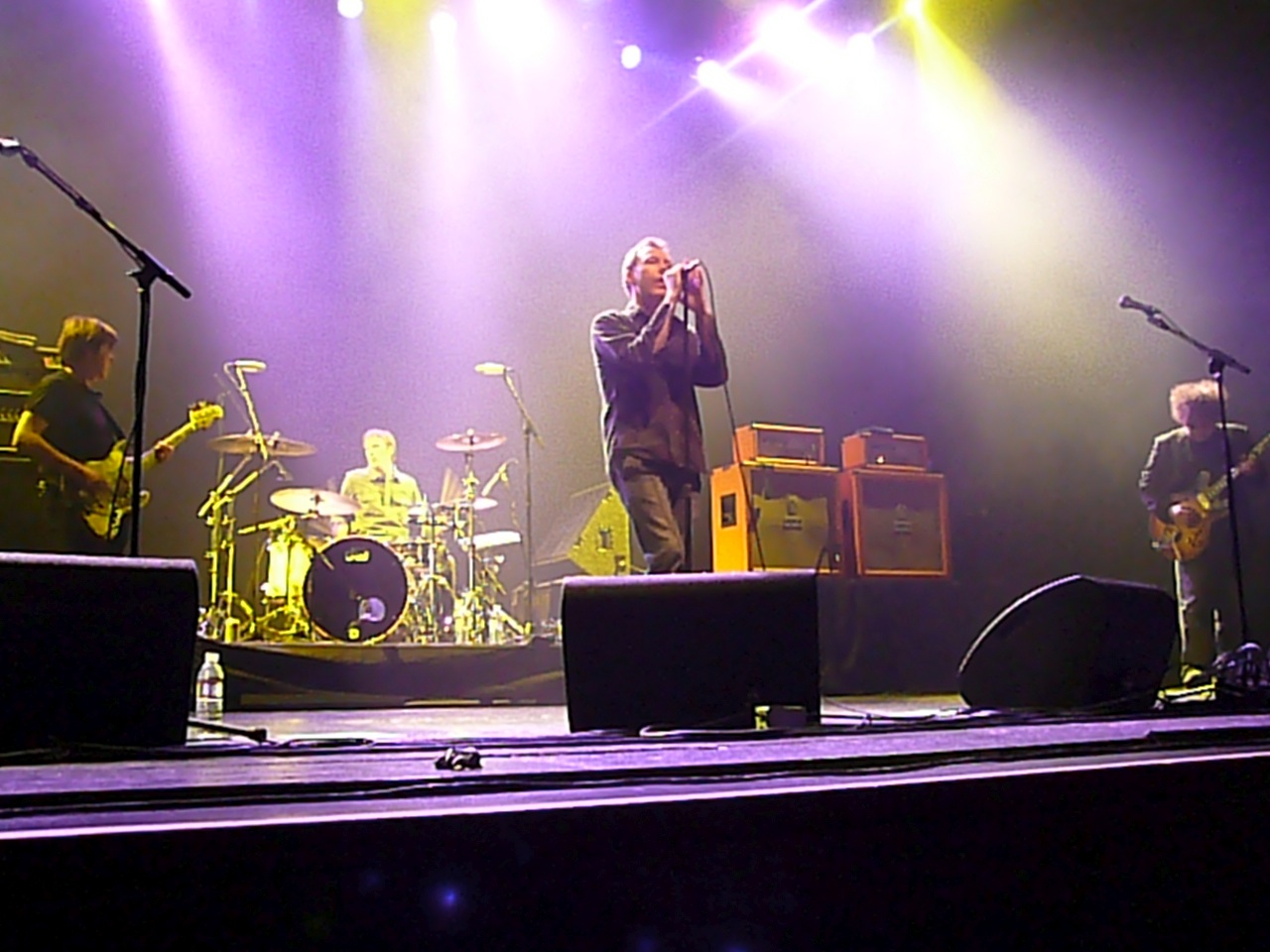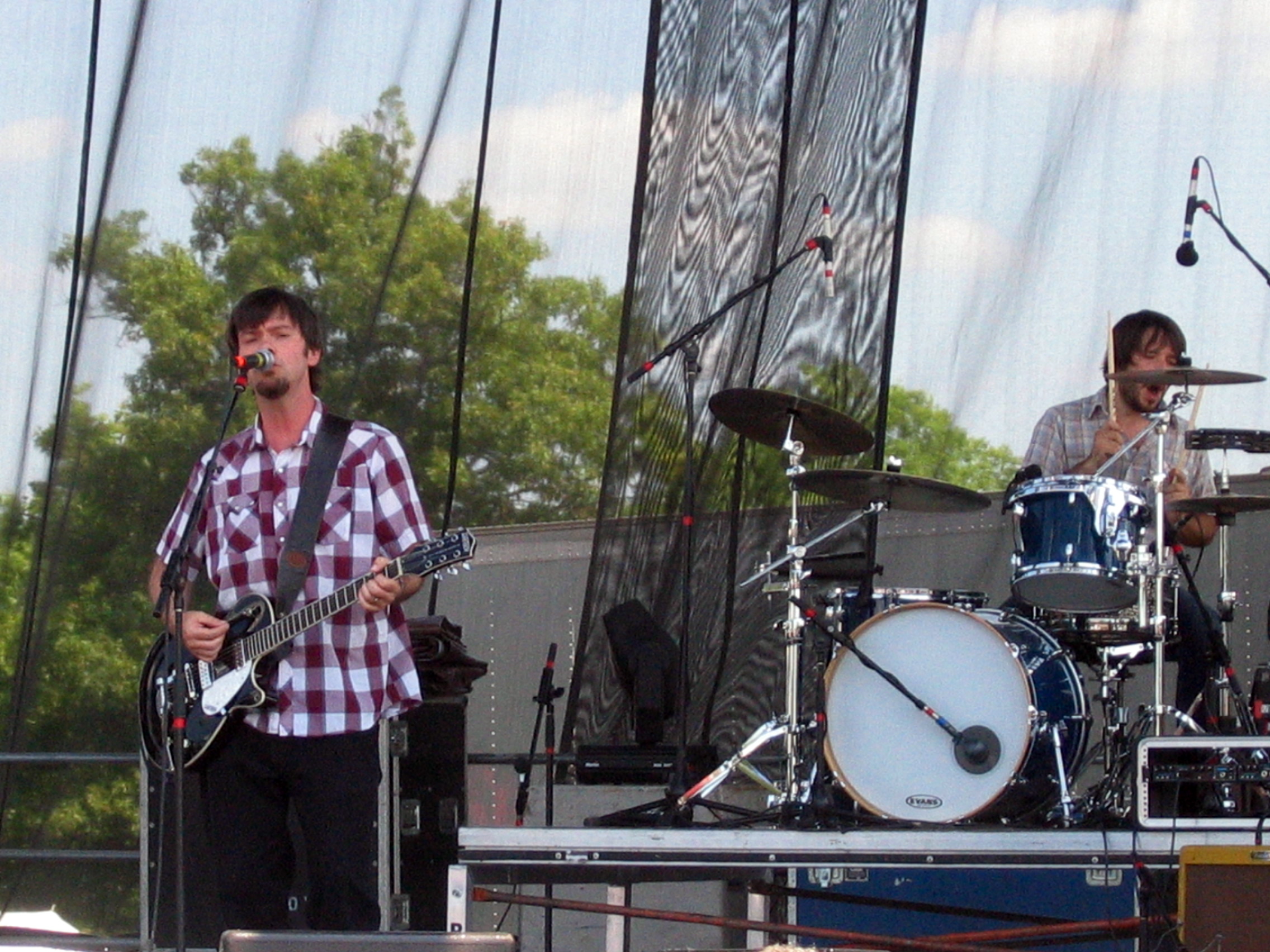|
KDNE
KDNE (91.9 FM) is a radio station broadcasting an Indie format. Licensed in Crete, Nebraska, United States. The station is currently owned by the Doane University Doane University is a private university in Crete, Nebraska. It has additional campuses in Lincoln and Omaha, as well as online programs. History Doane College was founded on July 11, 1872, by Thomas Doane, chief civil engineer for the Burling ... Board of Trustees. References External links Listen to KDNE online DNE {{Nebraska-radio-station-stub ... [...More Info...] [...Related Items...] OR: [Wikipedia] [Google] [Baidu] |
Doane University
Doane University is a private university in Crete, Nebraska. It has additional campuses in Lincoln and Omaha, as well as online programs. History Doane College was founded on July 11, 1872, by Thomas Doane, chief civil engineer for the Burlington and Missouri River Railroad. David Brainerd Perry was the first college president. He served until his death in 1912. Doane College was renamed Doane University in May 2016. The University has had over 70 Fulbright Scholars since the program began in 1946. Campuses Doane's residential campus is in Crete, Nebraska. This campus is over 300 acres. Notable buildings or areas on campus include: * Doane University Historic Buildings, including Gaylord Hall, Boswell Observatory and Whitcomb Conservatory/Lee Memorial Chapel. * Doane University Osterhout Arboretum Doane's non-residential programs take place mainly on the Lincoln and Omaha campuses, and online. Academics Colleges and schools * The College of Arts and Sciences offers ... [...More Info...] [...Related Items...] OR: [Wikipedia] [Google] [Baidu] |
Crete, Nebraska
Crete is a city in Saline County, Nebraska, United States. The population was 7,099 at the 2020 census. History The railroad was extended to the area in 1870, bringing settlers. In 1871, two rival towns merged to form a new town, which was named after Crete, Illinois, the former hometown of an early settler. The name was also chosen to conform with the alphabetical stops on the new Burlington & Quincy Railroad line traveling westward from Lincoln: Berks, Crete, Dorchester, Exeter, Fairmont, Grafton, Huxley, etc. Crete was once a contender for county seat. On February 18, 1969, Crete was the site of a railroad accident that released a fog of anhydrous ammonia fumes from a ruptured railroad tank car, killing five residents and seriously injuring 11 others in their homes. [...More Info...] [...Related Items...] OR: [Wikipedia] [Google] [Baidu] |
Nebraska
Nebraska () is a state in the Midwestern region of the United States. It is bordered by South Dakota to the north; Iowa to the east and Missouri to the southeast, both across the Missouri River; Kansas to the south; Colorado to the southwest; and Wyoming to the west. It is the only triply landlocked U.S. state. Indigenous peoples, including Omaha, Missouria, Ponca, Pawnee, Otoe, and various branches of the Lakota ( Sioux) tribes, lived in the region for thousands of years before European exploration. The state is crossed by many historic trails, including that of the Lewis and Clark Expedition. Nebraska's area is just over with a population of over 1.9 million. Its capital is Lincoln, and its largest city is Omaha, which is on the Missouri River. Nebraska was admitted into the United States in 1867, two years after the end of the American Civil War. The Nebraska Legislature is unlike any other American legislature in that it is unicameral, and its members are elected ... [...More Info...] [...Related Items...] OR: [Wikipedia] [Google] [Baidu] |
College Radio
Campus radio (also known as college radio, university radio or student radio) is a type of radio station that is run by the students of a college, university or other educational institution. Programming may be exclusively created or produced by students, or may include program contributions from the local community in which the radio station is based. Sometimes campus radio stations are operated for the purpose of training professional radio personnel, sometimes with the aim of broadcasting educational programming, while other radio stations exist to provide alternative to commercial broadcasting or government broadcasters. Campus radio stations are generally licensed and regulated by national governments, and have very different characteristics from one country to the next. One commonality between many radio stations regardless of their physical location is a willingness—or, in some countries, even a licensing requirement—to broadcast musical selections that are not cat ... [...More Info...] [...Related Items...] OR: [Wikipedia] [Google] [Baidu] |
Independent Music
Independent music (also commonly known as indie music or simply indie) is music that is produced independently from commercial record labels or their subsidiaries, a process that may include an autonomous, do-it-yourself approach to recording and publishing. The term ''indie'' is sometimes used to describe a genre (such as indie rock and indie pop), and as a genre term, "indie" may or may not include music that is independently produced, and many independent music artists do not fall into a single, defined musical style or genre and create self-published music that can be categorized into diverse genres. The term 'indie' or 'independent music' can be traced back to as early as the 1920s after it was first used to reference independent film companies but was later used as a term to classify an independent band or record producer. Record labels Independent labels have a long history of promoting developments in popular music, stretching back to the post-war period in the United ... [...More Info...] [...Related Items...] OR: [Wikipedia] [Google] [Baidu] |
Indie Rock
Indie rock is a Music subgenre, subgenre of rock music that originated in the United States, United Kingdom and New Zealand from the 1970s to the 1980s. Originally used to describe independent record labels, the term became associated with the music they produced and was initially used interchangeably with alternative rock or "Pop rock, guitar pop rock". One of the primary scenes of the movement was Dunedin, where Dunedin sound, a cultural scene based around a convergence of noise pop and jangle became popular among the city's University of Otago, large student population. Independent labels such as Flying Nun Records, Flying Nun began to promote the scene across New Zealand, inspiring key college rock bands in the United States such as Pavement (band), Pavement, Pixies (band), Pixies and R.E.M. Other notable scenes grew in Madchester, Manchester and Hamburger Schule, Hamburg, with many others thriving thereafter. In the 1980s, the use of the term "independent music, indie" (or " ... [...More Info...] [...Related Items...] OR: [Wikipedia] [Google] [Baidu] |
Folk Music
Folk music is a music genre that includes traditional folk music and the contemporary genre that evolved from the former during the 20th-century folk revival. Some types of folk music may be called world music. Traditional folk music has been defined in several ways: as music transmitted orally, music with unknown composers, music that is played on traditional instruments, music about cultural or national identity, music that changes between generations (folk process), music associated with a people's folklore, or music performed by custom over a long period of time. It has been contrasted with commercial and classical styles. The term originated in the 19th century, but folk music extends beyond that. Starting in the mid-20th century, a new form of popular folk music evolved from traditional folk music. This process and period is called the (second) folk revival and reached a zenith in the 1960s. This form of music is sometimes called contemporary folk music or folk rev ... [...More Info...] [...Related Items...] OR: [Wikipedia] [Google] [Baidu] |
Alternative Country
Alternative country, or alternative country rock (sometimes alt-country, insurgent country, Americana, or y'allternative), is a loosely defined subgenre of country music and/or country rock that includes acts that differ significantly in style from mainstream country music, mainstream country rock, and country pop. Alternative country artists are often influenced by alternative rock. Most frequently, the term has been used to describe certain country music and country rock bands and artists that are also defined as or have incorporated influences from alternative rock, heartland rock, Southern rock, progressive country, outlaw country, neotraditional country, Texas country, Red Dirt, honky-tonk, bluegrass, rockabilly, psychobilly, roots rock, indie rock, hard rock, folk revival, indie folk, folk rock, folk punk, punk rock, cowpunk, blues punk, blues rock, emocore, post-hardcore, and rhythm 'n' blues. Definitions and characteristics In the 1990s the term ''alternative co ... [...More Info...] [...Related Items...] OR: [Wikipedia] [Google] [Baidu] |
Watt
The watt (symbol: W) is the unit of power or radiant flux in the International System of Units (SI), equal to 1 joule per second or 1 kg⋅m2⋅s−3. It is used to quantify the rate of energy transfer. The watt is named after James Watt (1736–1819), an 18th-century Scottish inventor, mechanical engineer, and chemist who improved the Newcomen engine with his own steam engine in 1776. Watt's invention was fundamental for the Industrial Revolution. Overview When an object's velocity is held constant at one metre per second against a constant opposing force of one newton, the rate at which work is done is one watt. : \mathrm In terms of electromagnetism, one watt is the rate at which electrical work is performed when a current of one ampere (A) flows across an electrical potential difference of one volt (V), meaning the watt is equivalent to the volt-ampere (the latter unit, however, is used for a different quantity from the real power of an electrical circuit). : ... [...More Info...] [...Related Items...] OR: [Wikipedia] [Google] [Baidu] |
FM Broadcasting
FM broadcasting is a method of radio broadcasting using frequency modulation (FM). Invented in 1933 by American engineer Edwin Armstrong, wide-band FM is used worldwide to provide high fidelity sound over broadcast radio. FM broadcasting is capable of higher fidelity—that is, more accurate reproduction of the original program sound—than other broadcasting technologies, such as AM broadcasting. It is also less susceptible to common forms of interference, reducing static and popping sounds often heard on AM. Therefore, FM is used for most broadcasts of music or general audio (in the audio spectrum). FM radio stations use the very high frequency range of radio frequencies. Broadcast bands Throughout the world, the FM broadcast band falls within the VHF part of the radio spectrum. Usually 87.5 to 108.0 MHz is used, or some portion thereof, with few exceptions: * In the former Soviet republics, and some former Eastern Bloc countries, the older 65.8–74 MHz band ... [...More Info...] [...Related Items...] OR: [Wikipedia] [Google] [Baidu] |
Radio Station
Radio broadcasting is transmission of audio (sound), sometimes with related metadata, by radio waves to radio receivers belonging to a public audience. In terrestrial radio broadcasting the radio waves are broadcast by a land-based radio station, while in satellite radio the radio waves are broadcast by a satellite in Earth orbit. To receive the content the listener must have a broadcast radio receiver (''radio''). Stations are often affiliated with a radio network which provides content in a common radio format, either in broadcast syndication or simulcast or both. Radio stations broadcast with several different types of modulation: AM radio stations transmit in AM ( amplitude modulation), FM radio stations transmit in FM (frequency modulation), which are older analog audio standards, while newer digital radio stations transmit in several digital audio standards: DAB (digital audio broadcasting), HD radio, DRM ( Digital Radio Mondiale). Television broadcasting ... [...More Info...] [...Related Items...] OR: [Wikipedia] [Google] [Baidu] |
Federal Communications Commission
The Federal Communications Commission (FCC) is an independent agency of the United States federal government that regulates communications by radio, television, wire, satellite, and cable across the United States. The FCC maintains jurisdiction over the areas of broadband access, fair competition, radio frequency use, media responsibility, public safety, and homeland security. The FCC was formed by the Communications Act of 1934 to replace the radio regulation functions of the Federal Radio Commission. The FCC took over wire communication regulation from the Interstate Commerce Commission. The FCC's mandated jurisdiction covers the 50 states, the District of Columbia, and the territories of the United States. The FCC also provides varied degrees of cooperation, oversight, and leadership for similar communications bodies in other countries of North America. The FCC is funded entirely by regulatory fees. It has an estimated fiscal-2022 budget of US $388 million. It has 1,482 ... [...More Info...] [...Related Items...] OR: [Wikipedia] [Google] [Baidu] |








